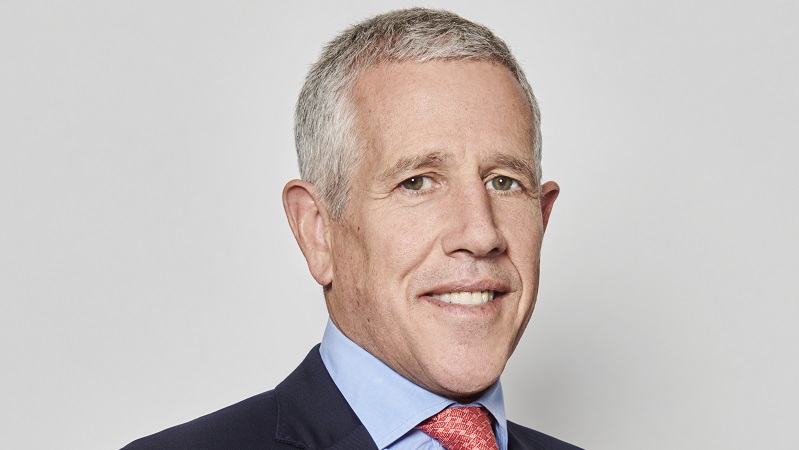One of the mistakes investors sometimes make is to focus only on the return part of that equation. Investors in credit during the 2007 bull market exhibited this mindset as if the instrument paid a premium, any premium, it was snapped up by the market. The explosion of leveraged or structured credit products such as CDOs & CLOs and other exotic instruments ensued and: “Is the return worth the risk?” was a question that went unanswered.
A more recent example is with emerging market equities, which eight months ago traded at a 20% premium to developed markets. I warned about these valuations on these pages and elsewhere but the view many took was with emerging markets offering a growth premium, investors would be foolish to miss out. “Is the risk worth the return?” was a question that went unanswered – again.
Hurdle rates
The concept of a hurdle rate is a fairly straightforward aid to help keep one focused on the risk of investing. Consider the following examples to illustrate the issue:
How much outperformance should you expect from emerging markets equities before you can prudently invest in the asset class?
If you expect a breakeven return only from government bonds, should you hold onto them?
To answer these examples investors need to grapple with two distinct issues: 1) What is your mandate for taking risk? 2) What is the effect of each position on the portfolio dynamics as a whole?
The first point is relatively straightforward. Portfolio managers need clear mandates to help define their hurdle rates. A client who cannot tolerate much risk implicitly has a high hurdle rate for any investment – you need to be sure that the trade will play out as expected before entering a position.
One can very easily see the impact of this on our emerging market example. Lower risk portfolios should demand a very high expected return before considering emerging markets. Likewise the confidence that one has in the possibility of a given level of emerging market outperformance will also influence the hurdle.
The second point is more technical. It revolves around how you measure the expected behaviour of a portfolio, and crucially how likely that behaviour is to change as you enter a new position. This means that the hurdle rate depends on the volatility and correlation of that position and, also, strange though it seems at first, that the hurdle rate is size-of-position dependant.
An example
This can be simply illustrated by considering the second of our two examples – sizing of a government bond position.
In a portfolio dominated by equities, the diversification benefits of holding bonds can be such that one is prepared to hold bonds at a breakeven or even negative expected rate of return. In this portfolio, bonds can be seen as an insurance and with insurance you can tolerate losing small amounts to protect you against disaster. So in an equity-dominated fund, the hurdle rate for bonds is low.
In a portfolio dominated by bonds, there is little diversification benefit from holding yet more bonds. Given that holding bonds is associated with some risk and volatility, a zero expected rate of return is unlikely to be acceptable. So in a bond-dominated fund, an appropriate hurdle rate for bonds is higher.
Portfolio optimisation
In the face of these questions some investors choose to use portfolio optimisers to aid their portfolio construction. These optimisers typically combine a user-generated expected rate of return with some covariance information and a return target to generate the recommended portfolio. This involves an implicit calculation of suitable hurdle rates.
Such optimisation can be of great help. But over reliance on simulations and computer modelling is a recipe for disaster if portfolio managers fail to understand the true nature of risks they are running or if they fail to adequately link those risks to their client mandate. Investors into the leveraged credit instruments in 2007 were caught out by both these type of problems.
Risk management is all about downside protection. While all involved in investing hope to emulate the success of legends such as Warren Buffet, we cannot all be so successful all of the time. By adequately focusing on the risks, as well as the possible returns, investors are far more likely to keep their clients happy even when events don’t turn out to plan.









